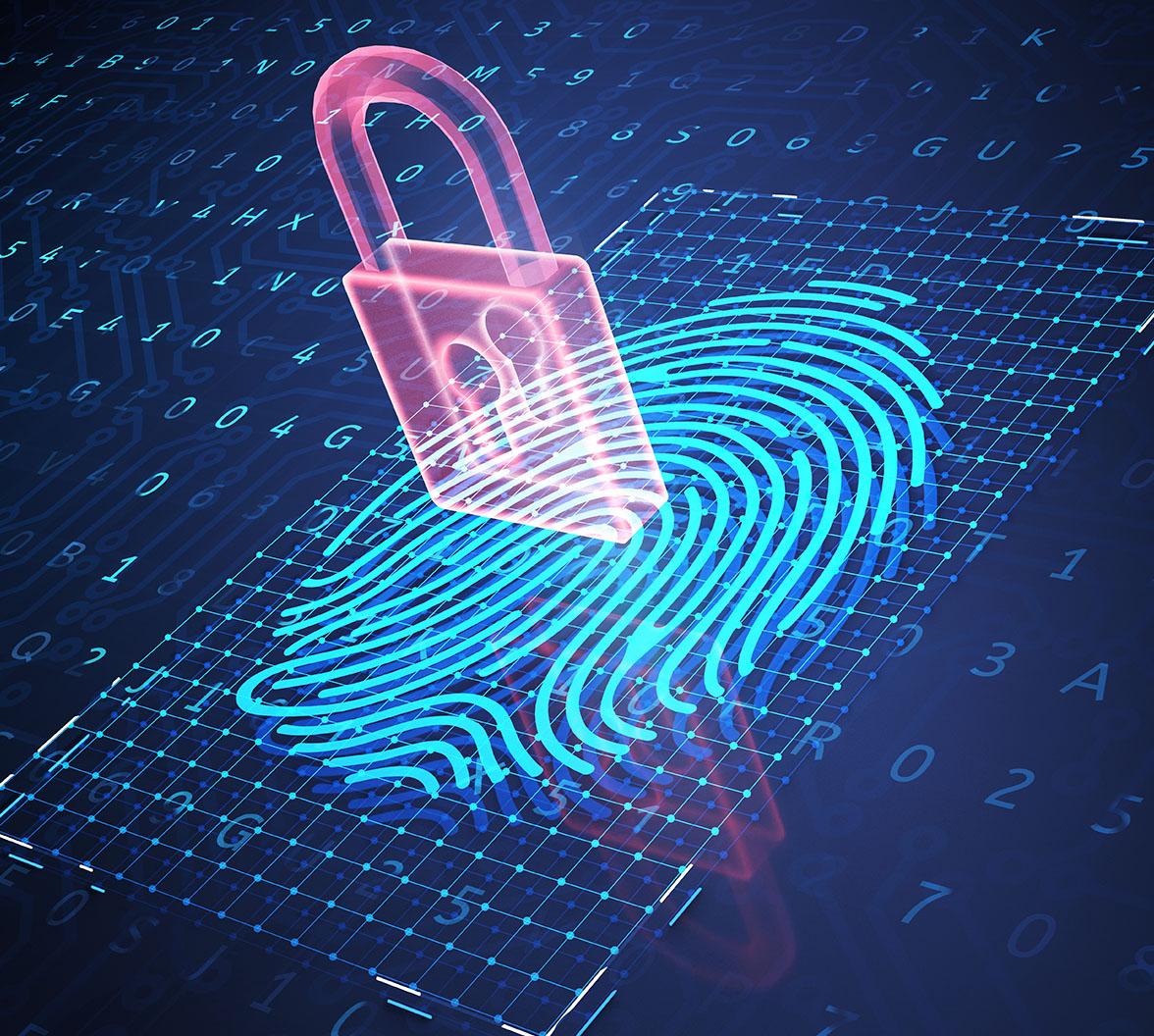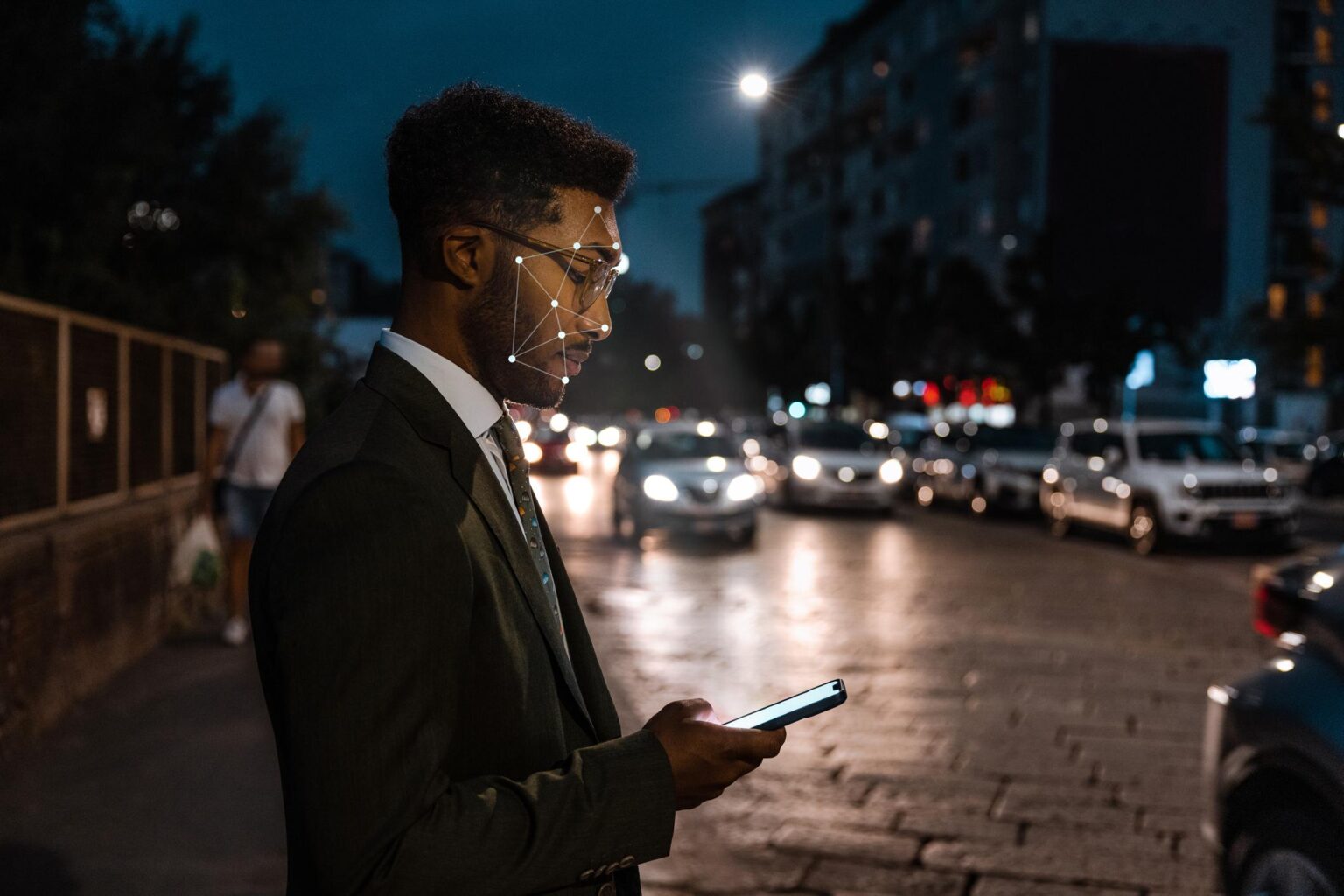Over the years we’ve seen a trend in smartphones offering fingerprint sensors, facial unlocking, and eye scanning. Initially, this sounded like a party trick you couldn’t wait to show your friends, but it’s since become a secure way to access your device and sensitive apps.
Biometric authentication is a security measure that uses the unique biological features of a person to verify their identity – this could include your face, fingerprint, retina, iris, or voice. It’s super-safe as no two fingerprints are the same, and no two faces – unless in the case of the latter, you’re an identical twin!
More widely available
And biometric levels of security are no longer reserved for premium smartphones; they’re increasingly available on mid-tier devices. Two of the lowest-priced 5G handsets today under R4 000, the Samsung Galaxy A22 and the TCL 20 R, both offer facial and fingerprint unlocking.

This type of authentication is used on doors, gates, server rooms, airports, etc., but it is also available in the palm of your hand. Your smartphone can protect various types of apps: banking; third-party payment; shopping or store accounts; password generators; or apps that let you make purchases, such as the Play Store and App Store.
However, it’s important to know that biometric authentication is always used as a secondary method. It can’t be the only method of access, which is why your device or the app you’re accessing will prompt you to create a passcode before capturing your face or fingerprints. In some cases, you can create a PIN or pattern.
This is what makes two-factor or multi-factor authentication work; it’s also secure because while your password can be hacked or cracked, biometrics can’t be duplicated. Apart from the security aspect, it’s also easier to log in to an app using your face or finger.
Any downside?
So, what are the possible pitfalls of biometrics? While they’re regarded as secure, there can be risks, depending on where yours are stored.
There were reports a few months ago on The Register that 300 000-plus banking customers’ fingerprints were put at risk due to theft of credentials on an Amazon Web Server – a result of poorly designed software.
This isn’t the first case of such data breaches, nor will it be the last, but your privacy as an end-user needs to be a priority. But when it comes to your iOS or Android phone, rest assured, your biometrics are secure on your device – they never leave it or get uploaded to the cloud.
Find out more
Get the best deals on the latest devices on Vodacom online.



